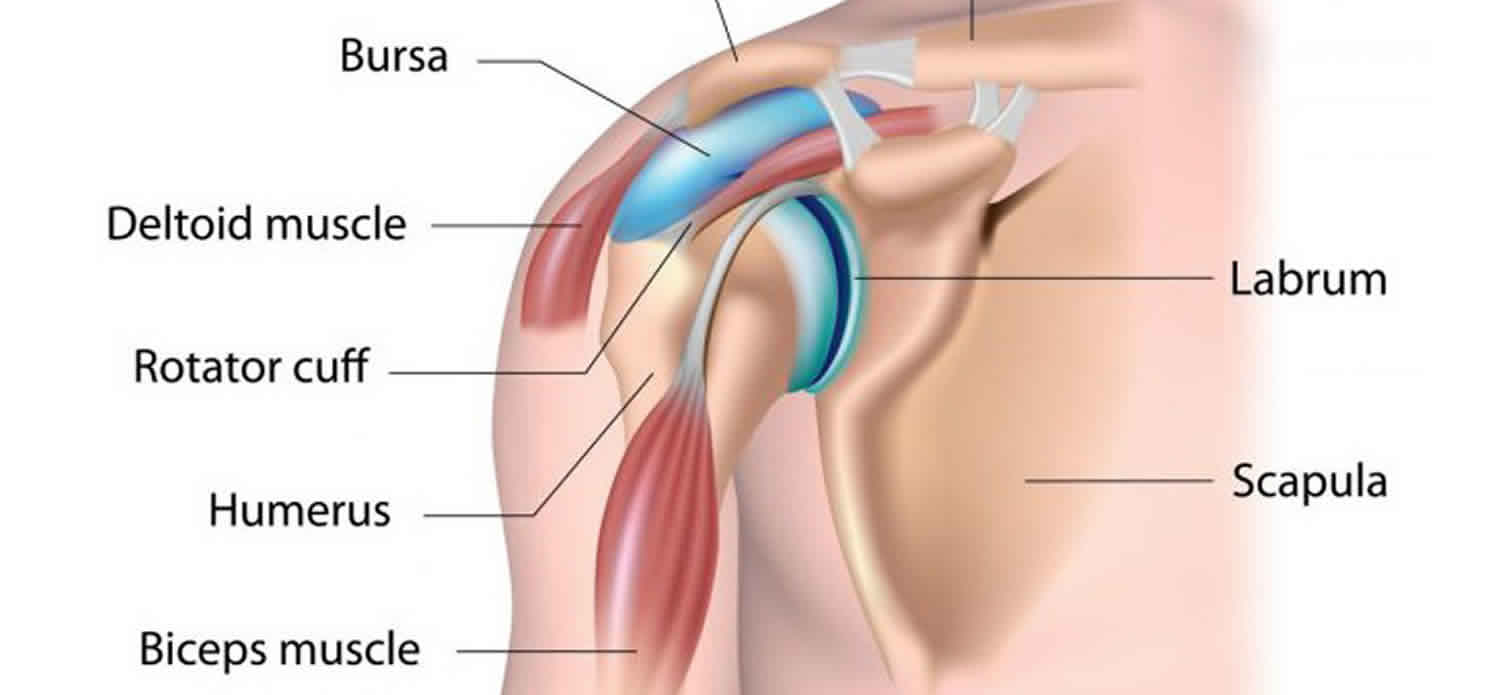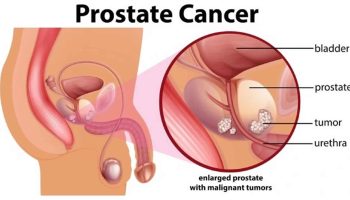Bursectomy
Bursectomy is a surgical procedure to remove 1 or more bursa. Bursa is a small, fluid-filled sac that are located throughout your body, including around the shoulder, elbow, hip, knee, and heel. Bursas (bursae) contain a small amount of fluid, and are positioned between bones and soft tissues, acting as cushions to help reduce friction. Bursectomy is conventionally done through an open technique, although an endoscopic technique is now also being used, which may improve associated wound healing issues. Bursectomy that is typically done arthroscopically on an outpatient basis means no overnight stay in the hospital. In this technique, the bursa is removed through a small incision or cut over the joint. A tiny camera, or arthroscope, is placed in the incision so the doctor can guide the surgical instruments and cut out the bursa. Because this surgery is much less invasive, recovery is quicker and less painful.
Bursitis is inflammation of the bursa. Bursitis is more likely to develop in joints that perform repetitive motions. Most commonly, the hips, elbows, or shoulder joints are affected; however inflammation may also develop in the knee, heel, or big toe.
The most common treatment for bursitis is rest, application of ice, and taking of nonsteroidal anti-inflammatory drugs (NSAIDs). Other nonsurgical management includes injection of corticosteroids and local anesthetics and application of topical, sustained-release local anesthetic patches. Extracorporeal shock wave therapy (ESWT) is a good alternative to traditional. These treatments usually resolves most problem conditions. However, for people who experience severe or chronic bursitis that restrict movement or certain activities, surgery may be the most effective treatment in the long term. In this procedure the affected fluid-filled sac (bursa) is either removed completely or fluid is drained from the sac. Surgery to remove infected bursa may be the only way to treat cases of septic bursitis, where the infection does not respond to antibiotics.
Why would I have a bursectomy?
You might have a bursectomy if you have bursitis and where treatments such as aspiration and / or cortisone injections have been unsuccessful.
What happens during a bursectomy?
This procedure is usually carried out as day surgery which means you’ll be able to return home on the same day, but you may not be able to drive yourself. A local anaesthetic will be used to numb the area of the operation.
Surgery to remove an abnormal bursa may be carried out either under open surgery or, alternatively using ‘keyhole’ surgery (using an ‘endoscope).
Prior to bursectomy procedure
Your doctor will use tests that have already been done. This may include image and blood tests.
Before the procedure:
- Talk to your doctor about any medicine, herbs, or supplements you are taking. You may need to stop taking some medicine up to a week before the procedure.
- Arrange for a ride home.
- You may be asked to stop foods and drinks the night before the procedure.
Anesthesia
The type of anesthesia used depends on the affected joint and extent of the procedure. Options include:
- General—You will be asleep.
- Local—The area will be numbed.
- Spinal—A larger section of the body is numbed.
Arthroscopic bursectomy
Arthroscopic bursectomy is done through an arthroscopy. Small cuts are made by the joint. A scope is passed through the holes. It has a camera that will let the doctor to see the area.
Tools can be passed through the scope. It will let the doctor remove the bursa and any scar tissue.
When the surgery is done, the holes will be closed with stitches. A bandage will be placed over the area to control swelling and prevent blood clots. A brace or sling may be needed to support the joint.
Bursectomy may take 30 minutes to up to 2 hours. The length will depend on the location of the bursa.
Bursectomy complications
Problems from bursectomy procedure are rare, but all procedures have some risk. Your doctor will review potential problems, like:
- Excess bleeding
- Infection
- Blood clots
- Blood vessel or nerve damage
- Instrument breakage (rare)
Before your procedure, talk to your doctor about things that may increase your risk of complications, such as:
- Smoking
- Drinking
- Chronic diseases, such as diabetes or obesity
Bursectomy recovery
The exact length of your recovery period will depend on the location of your bursitis and if it is caused by an infection (septic bursitis).
Immediately after surgery your doctor will prescribe painkillers to help manage any discomfort. You’ll need to avoid strenuous activity for a couple of days after surgery. The cuts will heal in a few days. It will take several weeks for the joint to fully heal. You may have to limit movement of the joint in the first few weeks.
You’ll be given physiotherapy instructions before you leave hospital to help your recovery and long-term improvement.
The pain associated with your condition should improve over a few weeks, but any swelling may take longer to disappear completely.
Following trochanteric bursectomy, a short rehabilitation period can be expected. Most patients find that using a cane or crutches for a couple of days is helpful. It is reasonable to be up and walking around the evening after surgery. The soreness from surgery usually goes away after a few days.
See your doctor if any of these occur:
- Signs of infection, including fever or chills
- Redness, swelling, increasing pain, excessive bleeding, or any discharge from the incision
- Persistent nausea or vomiting
- Pain that cannot be controlled with the medications you were given
- Numbness or weakness in the affected joint or muscles
- New or unexpected symptoms
If you think you have an emergency, call for emergency medical services right away.





